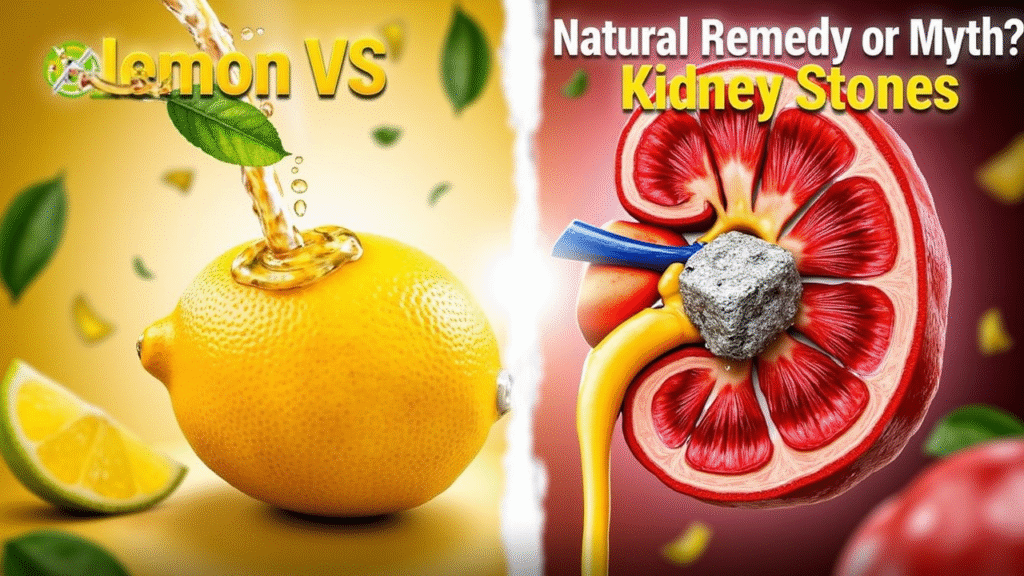When you think of foods high in sodium, you might picture processed snacks, canned soups, or fast food. But bread? Yes, bread! In fact, bread is one of the top sources of sodium in the American diet. This may come as a surprise to many, especially since bread is often seen as a basic, everyday food. Yet, as the Centers for Disease Control (CDC) highlighted in a February press release, bread is a significant contributor to sodium intake in the U.S. diet.
In this post, we’ll explore why bread is so salty, how it affects people with kidney disease, and what options are available for those trying to cut back on sodium and low sodium breads are available in market.

Why Is Bread So Salty?
It may be hard to believe, but some bread products—especially those that are mass-produced—can pack a lot of sodium. The CDC’s findings point out that much of the sodium in our diets comes from processed foods, with bread and breakfast cereals being major contributors. Even if you’re avoiding obviously salty foods like chips or deli meats, bread can still sneak in a hefty dose of sodium.
For people with chronic kidney disease (CKD), high blood pressure, or other health conditions, managing sodium intake is crucial. The recommended sodium limit is 2,400 mg per day for the general population and 1,500 mg for those at higher risk for heart disease and kidney problems. This makes it even more important to be mindful of sodium in common foods, including bread.
How Bread Affects People with Kidney Disease
For people living with CKD, managing sodium intake is essential for controlling blood pressure, managing fluid levels, and preventing weight gain between dialysis treatments. The problem is that many breads contain far more sodium than you’d expect, especially when portion sizes are considered. For example, some bagels can contain over 500 mg of sodium per serving—more than 20% of the daily recommended intake!
A typical diet for CKD patients might avoid processed meats or pre-packaged meals, but bread could still be contributing a significant amount of sodium. In fact, bread is often a surprising source of sodium, especially if you’re not regularly checking the nutrition label.
Bread’s Hidden Sodium: The Numbers
Here are some examples of sodium content in common bread products:
Dunkin’ Donuts Bagels:
- Blueberry: 570 mg
- Cinnamon Raisin: 500 mg
- Everything: 630 mg
- Garlic: 630 mg
- Plain: 620 mg
Panera Bread Sides:
- French baguette (2.5 oz): 440 mg
- Whole-grain baguette (2.5 oz): 400 mg
These numbers can quickly add up, especially if you eat bread regularly. And when you add spreads like butter or cream cheese, the sodium count climbs even higher.

What’s Being Done to Reduce Sodium in Bread?
As part of a public health initiative to reduce sodium consumption, New York City’s National Sodium Reduction Initiative (NSRI) is working with food manufacturers to lower the sodium content of processed foods, including bread. Many large companies are gradually reducing sodium in their products, although the process is slow. Reducing sodium in bread is a challenge because salt plays a key role in the baking process—helping to control yeast, enhance flavor, and act as a preservative.
However, there is progress. For instance, Hostess has reduced the sodium content in some of its products by up to 33%. Other companies, like the Nature Pride line, have also taken steps to reduce sodium in their breads.
How Can You Choose Lower-Sodium Bread?
If you or someone you’re caring for is managing CKD or other health conditions, finding lower-sodium bread options is important. Some tips include:
- Check Labels: The FDA designates a product as “low-sodium” if it contains less than 120 mg of sodium per serving. You may also see products labeled as “reduced sodium” or “stealth” (where sodium is reduced but not announced).
- Portion Size Matters: The sodium content often depends on the size of the bread slice or serving. Smaller portions can help you manage intake.
- Look for Specialty Breads: Many health-conscious or organic brands now offer breads with little or no added salt. These breads are often available in health food stores or the frozen food aisle.
Low-Sodium Bread Options You Can Try
Here are some bread products that are very low in sodium (less than 35 mg per serving) and could be a good choice for those on a low-sodium diet:
| Parent Company | Name of Bread | Portion/Weight (g) | Sodium (mg) | Potassium (mg) | Phosphorus (mg) |
|---|---|---|---|---|---|
| Alvarado St. Bakery | No-salt! Sprouted Multigrain | 10 | N/A | N/A | Available nationwide in stores and online |
| Food for Life | Ezekiel 4:9 Low-Sodium Whole Grain | 0 | 75 | 80 | Available in stores and online |
| Kroger | Low-Sodium Wheat | 25 | N/A | N/A | Available in Kroger stores |
| Manna Organic Bakery | Sprouted Whole-Rye Manna Bread | 10 | N/A | N/A | Available nationwide in stores |
| Trader Joe’s | Sodium-Free Whole-Wheat Bread | 0 | N/A | N/A | Available in Trader Joe’s stores |
| Vermont Bread Co. | Sodium-Free Whole-Wheat Bread | 0 | N/A | N/A | Available in stores, mail order |
These products are much lower in sodium compared to typical bread options and could be helpful for people managing sodium intake. Keep in mind, some of these breads may be found in the frozen food section, so be sure to check the label and look for them at local health food stores or online.
Also Read About: Frozen Ice cream and desserts for chronic kidney disease
The Bottom Line: Making Better Bread Choices
While bread can be a surprising source of sodium, there are options available for those looking to reduce their intake. Whether you’re managing CKD, high blood pressure, or simply want to make healthier choices, being proactive about checking labels and seeking out lower-sodium alternatives is key.
Dietitians and healthcare providers play a crucial role in guiding patients toward healthier eating habits, and when it comes to bread, knowledge is power. By opting for breads with lower sodium content, smaller portions, and more natural ingredients, you can help keep sodium levels in check without sacrificing flavor or satisfaction.
As more companies begin to embrace lower-sodium recipes, it will be easier to find suitable options in the future. Until then, don’t hesitate to explore the growing variety of low-sodium and sodium-free breads available.
The Surprising Benefits of Walnuts for People with Kidney Disease
Walnuts are often considered a nutritional powerhouse, packed with healthy fats, antioxidants, and a range…
7 Day Kidney Stone Diet Chart: Your Ultimate Kidney Health Guide
A 7-day kidney stone diet chart focuses on hydration, low-oxalate foods, and reduced sodium to prevent stone…
What Is the Number One Food for Kidneys?
When it comes to keeping your kidneys healthy, making the right dietary choices is crucial. Your…
Easy Kidney-Friendly Recipes for a Healthier Lifestyle
If you have kidney disease or want to keep your kidneys healthy, eating kidney-friendly foods…
How Effective Is Lemon Juice for Kidney Stones?
Lemon juice can be an effective natural remedy for preventing and managing kidney stones—especially calcium…
Kidney Diet: Eating for Chronic Kidney Disease & Kidney Health
Chronic Kidney Disease Diet Food List: Protecting Your Kidneys Through Nutrition Living with chronic kidney…







